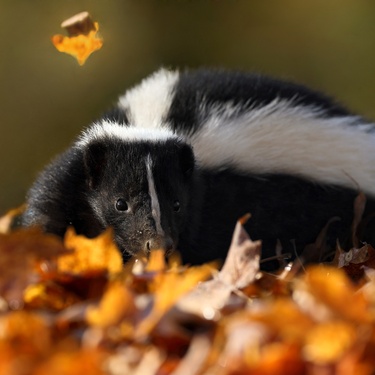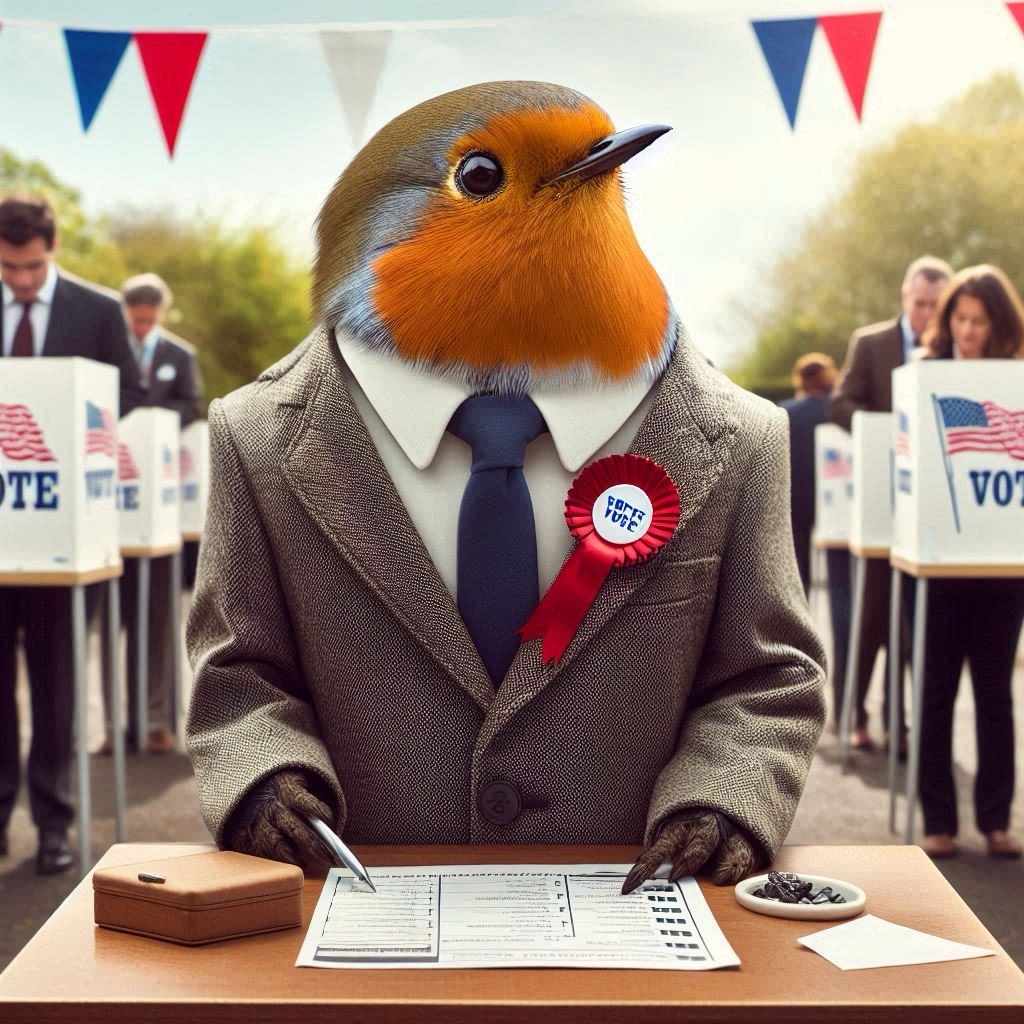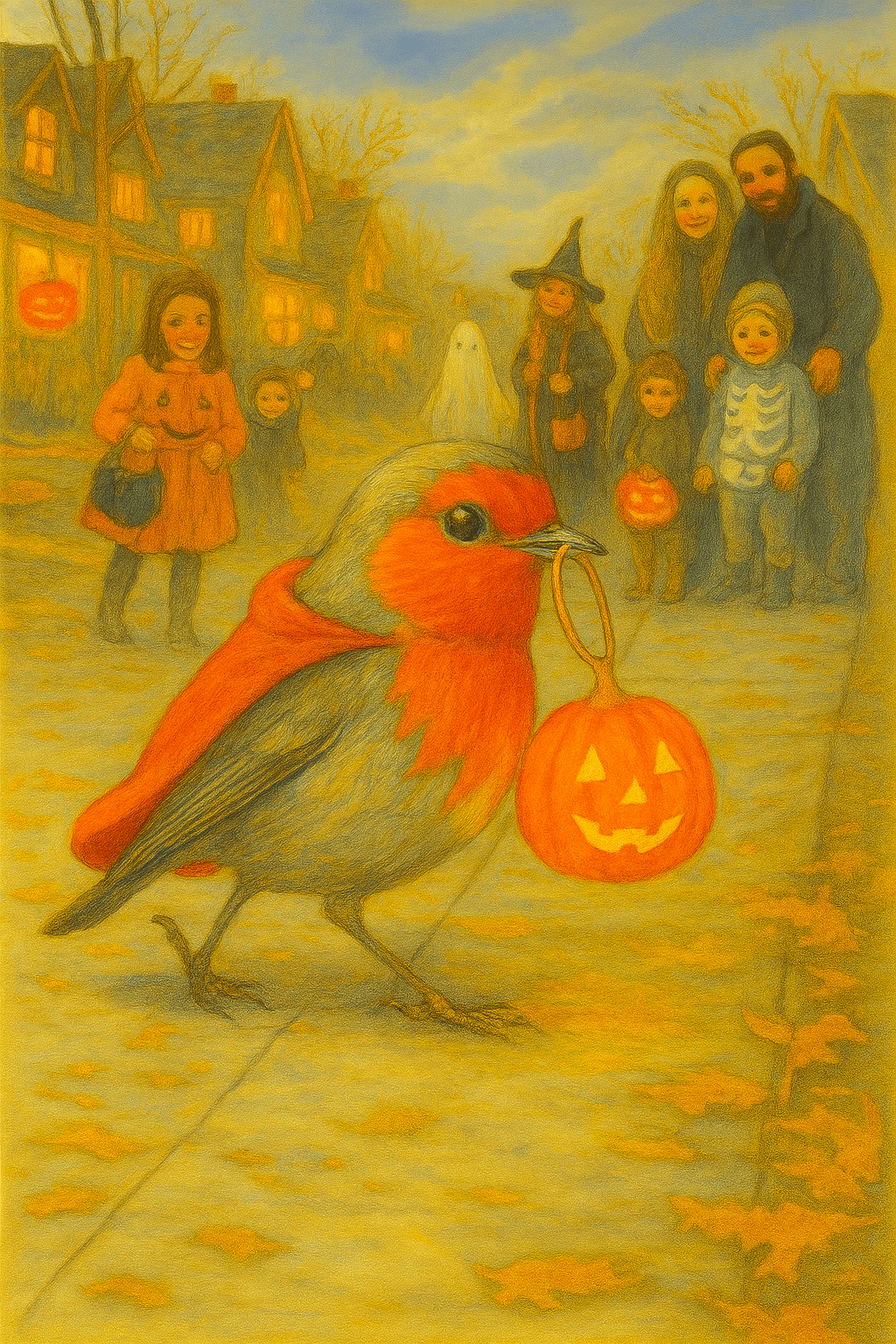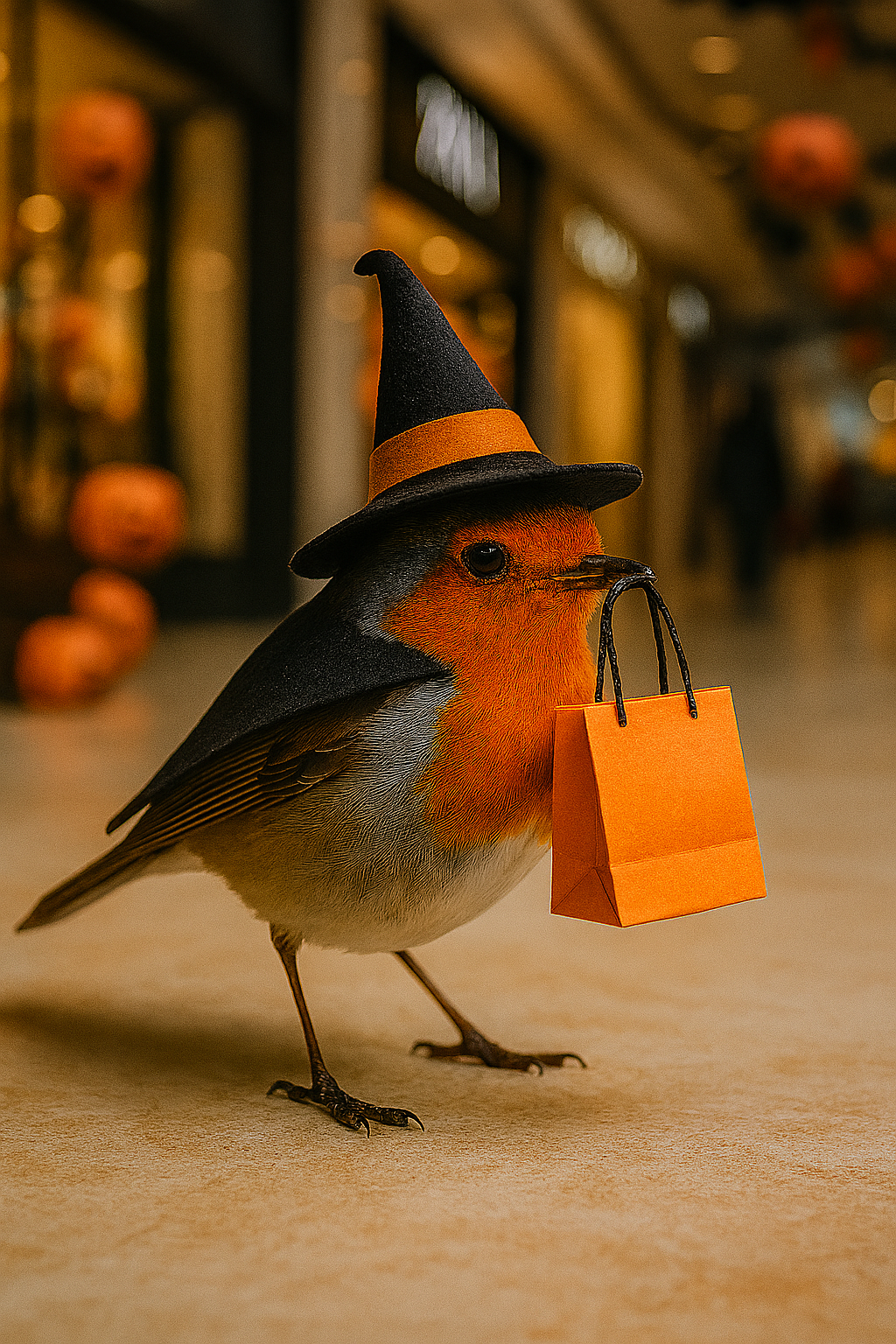
Skunks seem to appear out of nowhere at certain times of year, leaving homeowners wondering what prompts these unexpected visits. Several factors influence skunk activity, including food availability, breeding patterns, and weather conditions.
Each season brings different motivations for these nocturnal creatures to venture into residential areas. Here are a few reasons why skunks are more active during certain seasons. This way, you can anticipate their behavior and take steps to protect your property.
Spring Brings Breeding Season
Mating season occurs from late winter to early spring, usually February to March. During this time, male skunks travel widely in search of mates, which explains why more skunks cross roads or explore neighborhoods.
Female skunks also become more active as they seek safe denning sites to raise their young. After a gestation period of about two months, mothers give birth to litters of four to six kits in April or May. Protective mother skunks may spray more frequently if they feel threatened near their dens.
Summer and Fall Mean Food Foraging
Warmer months bring abundant food sources, drawing skunks out to feast. These omnivores hunt insects, grubs, worms, small rodents, and birds, and raid gardens for fruits, vegetables, and berries. Late summer through fall is especially active for foraging as skunks prepare for winter by building fat reserves.
Lawns are prime targets from July to October when skunks dig small, cone-shaped holes in turf to find beetle larvae and earthworms. This behavior peaks when insects are most abundant and the soil is soft.
Winter Dormancy Changes Activity Patterns
Cold weather decreases skunk activity, though they don't truly hibernate. Instead, skunks go into a state of torpor, staying in their dens for long stretches and venturing out only during warmer periods to look for food. Several skunks might share a den during winter to keep warm.
However, problems with skunk damage and odor can still occur if these animals den under structures such as porches, sheds, or crawl spaces. Dead skunks discovered in these locations during winter often died while seeking heat sources, and their remains create persistent odor issues.
Weather Conditions Affect Nightly Activity
Skunk emergence is affected by weather beyond seasonal patterns. Rain causes earlier sheltering, dry evenings promote longer foraging, and moon phases influence their activity; darker nights offer better cover. Temperature changes also affect them, with warm days prompting outdoor activity and cold snaps prompting them to retreat.
Protecting Your Property Year-Round
Knowing why skunks become more active during certain seasons helps homeowners prepare. Remove potential food sources by securing garbage cans, cleaning up fallen fruit, and treating lawns for grubs.
Seal potential den sites under decks, porches, and outbuildings before breeding season arrives in late winter. Install motion-activated lights or sprinklers to deter nighttime visitors. Maintaining your yard reduces the appeal to foraging skunks during peak activity months.
What Seasonal Skunk Activity Means for You
Skunk activity varies throughout the year due to biological needs and environmental conditions. Spring sees increased movement related to breeding, while summer and fall trigger intense foraging, and winter sees a decrease, though not a complete disappearance, in their presence.
By understanding these patterns, homeowners can better predict when skunks are most likely to appear and take proactive steps to prevent problems. Stay vigilant during peak seasons, keep your property well-maintained, and promptly address any signs of skunk activity to avoid damage and to unwanted encounters.
Bio: Casey is a passionate copyeditor highly motivated to provide compelling SEO content in the digital marketing space. Her expertise includes a vast range of industries from highly technical, consumer, and lifestyle-based, with an emphasis on attention to detail and readability.
























